IN THIS ARTICLE
Plant Diseases like: Rust plant disease, Early blight, Mosaic virus and many more.
Plant diseases and pests can devastate any garden if not dealt with correctly, but you can keep your garden healthy with little information and precautions.
In this guide, you will learn about frequently occurring plant diseases, how to prevent these diseases, and remedies to treat the infected plants.
What are the key differences between fungal, bacterial, and viral diseases in plants?
While all three types of diseases can cause significant damage to plants, they have distinct characteristics:
| Feature | Fungal Diseases | Bacterial Diseases | Viral Diseases |
|---|---|---|---|
| Appearance | Powdery, moldy, rusty | Slimy, oozing lesions | Mosaic patterns, yellowing, stunting |
| Spread | Spores | Contaminated water, soil, insects | Insects, contaminated tools, infected plants |
| Treatment | Fungicides | Cultural practices, antibiotics | Prevention, resistant varieties |
Plant Diseases
Anthracnose
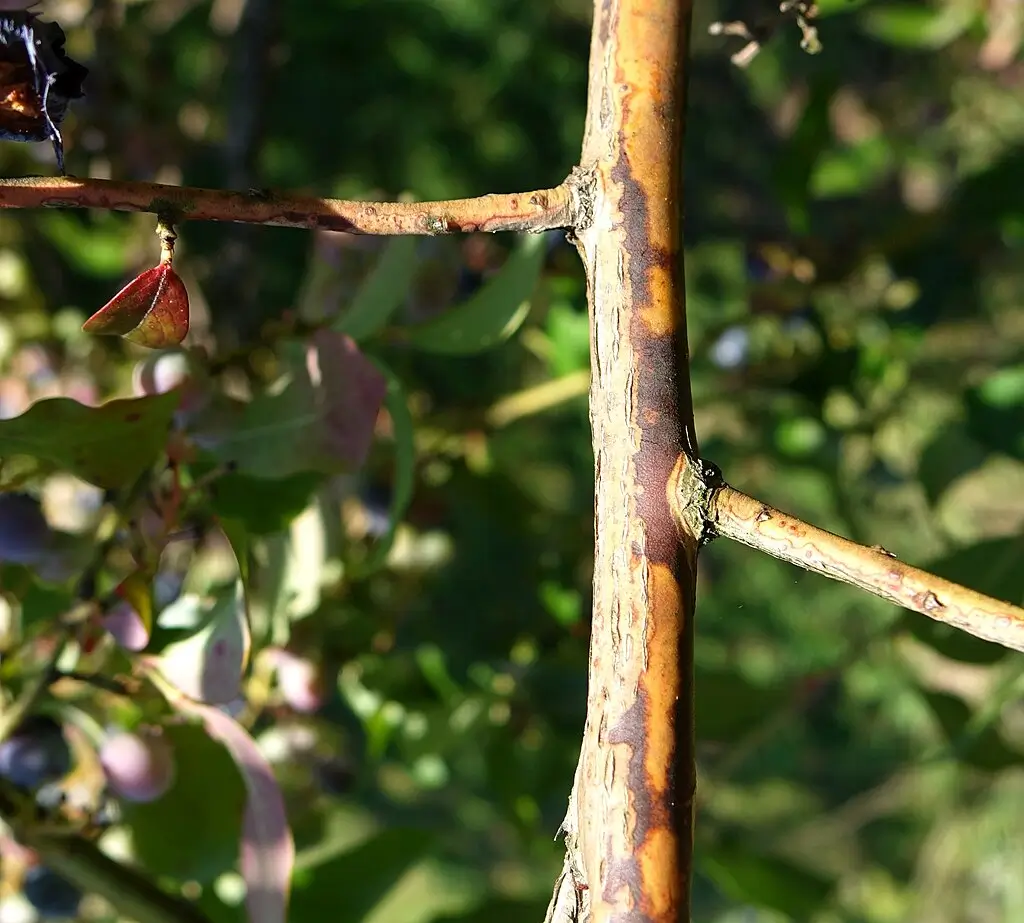
Description:
Anthracnose is a fungal disease that affects many plants, causing dark, sunken lesions on leaves, stems, flowers, and fruits.
How to identify:
Look for dark, water-soaked lesions on leaves, stems, or fruits. Lesions may enlarge and merge, causing leaf drop or fruit rot.
What is the damage/affect:
Anthracnose affects both indoor and outdoor plants. It can cause leaf spots, defoliation, twig dieback, and fruit rot, reducing plant health and crop yield.
How to get rid of:
Remove and destroy infected plant parts. Apply fungicides containing copper or chlorothalonil for severe infections.
How to prevent:
Improve air circulation, avoid overhead watering, practice crop rotation, and use disease-resistant varieties when available.
Blossom-End Rot
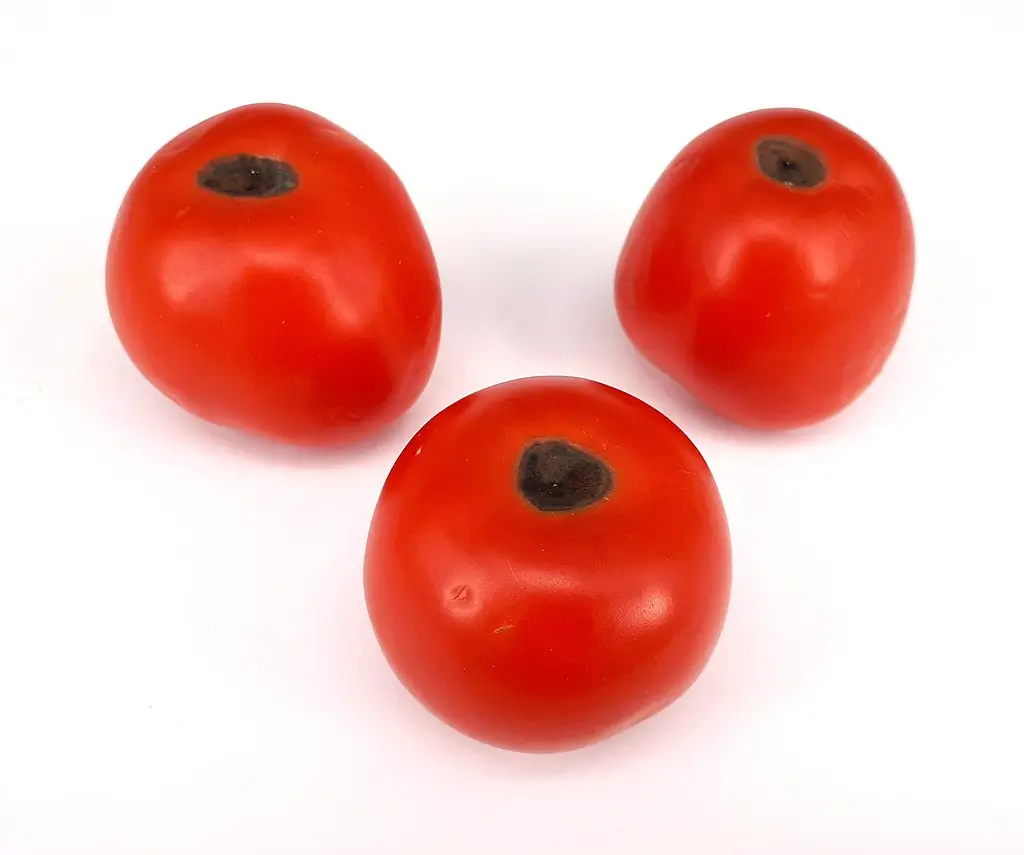
Description:
Blossom-end rot is a physiological disorder affecting tomatoes, peppers, and other fruits. It’s caused by a calcium deficiency in the developing fruit, often due to inconsistent watering or rapid growth.
How to identify:
Look for water-soaked spots on the blossom end of fruits, which gradually enlarge and darken to brown or black, becoming sunken and leathery.
What is the damage/affect:
It affects outdoor plants, primarily tomatoes and peppers. The affected fruits become inedible, reducing yield.
How to get rid of:
Remove affected fruits. Correct watering practices and ensure proper calcium levels in the soil.
How to prevent:
Maintain consistent soil moisture, use mulch, ensure adequate calcium in the soil, and avoid over-fertilizing with nitrogen.
Downy Mildew

Description:
Downy mildew is a fungal-like disease affecting many plants, especially cucurbits.
How to identify:
Look for yellow spots on leaf surfaces and fuzzy, grayish growth on leaf undersides.
What is the damage/affect:
It primarily affects outdoor plants, causing leaf yellowing, curling, and eventual plant death.
How to get rid of:
Apply fungicides at first signs of infection. Remove severely infected plants.
How to prevent:
Improve air circulation, avoid overhead watering, and use resistant varieties.
Early Blight
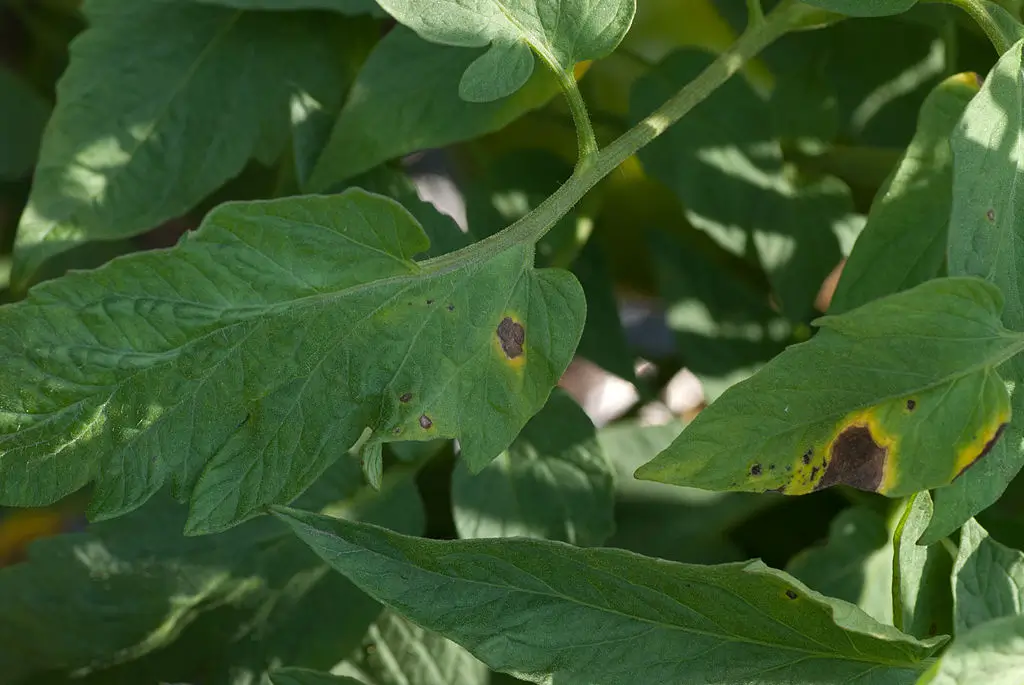
Description:
Early blight is a fungal disease primarily affecting tomatoes and potatoes, caused by Alternaria solani.
How to identify:
Look for dark, concentric rings on lower leaves, which may turn yellow and drop. Lesions can also appear on stems and fruits.
What is the damage/affect:
Early blight mainly affects outdoor plants. It causes leaf spots, defoliation, and fruit rot, reducing plant vigor and crop yield.
How to get rid of:
Remove and destroy infected plant parts. Apply fungicides containing chlorothalonil or copper for severe infections.
How to prevent:
Practice crop rotation, provide adequate plant spacing, avoid overhead watering, and use disease-resistant varieties when available. Remove plant debris at the end of the growing season.
Fusarium Wilt
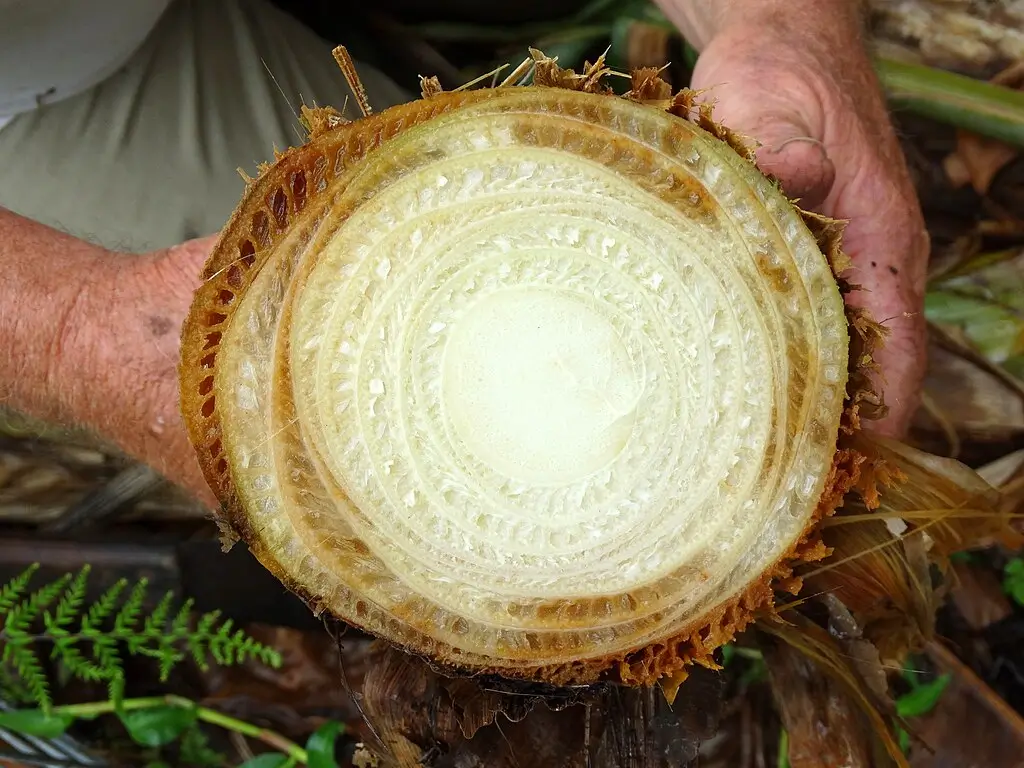
Description:
Fusarium wilt is a soil-borne fungal disease caused by various species of Fusarium, primarily Fusarium oxysporum. It affects a wide range of plants, including vegetables, ornamentals, and some woody plants.
How to identify:
Look for yellowing and wilting of leaves, often on one side of the plant first. Brown discoloration in the vascular tissue can be seen when stems are cut lengthwise. Plants may show stunted growth and eventual death.
What is the damage/affect:
Fusarium wilt primarily affects outdoor plants, though it can impact greenhouse crops as well. It clogs the plant’s vascular system, preventing water and nutrient transport, leading to wilting, yellowing, and plant death.
How to get rid of:
There is no cure once a plant is infected. Remove and destroy infected plants. For severe cases in commercial settings, soil fumigation may be considered.
How to prevent:
Use resistant plant varieties, practice crop rotation, ensure good soil drainage, avoid overwatering, and use clean tools and equipment. In greenhouses, use sterile growing media and sanitize all equipment regularly.
Gray Mold Fungus or Botrytis

Description:
Gray mold, caused by Botrytis cinerea, is a common fungal disease affecting many plants.
How to identify:
Look for fuzzy gray or brown growth on leaves, stems, flowers, or fruits.
What is the damage/affect:
It affects both indoor and outdoor plants, causing decay of flowers, fruits, and leaves.
How to get rid of:
Remove infected plant parts. Apply fungicides in severe cases.
How to prevent:
Improve air circulation, avoid overhead watering, and remove plant debris.
Mosaic Viruses
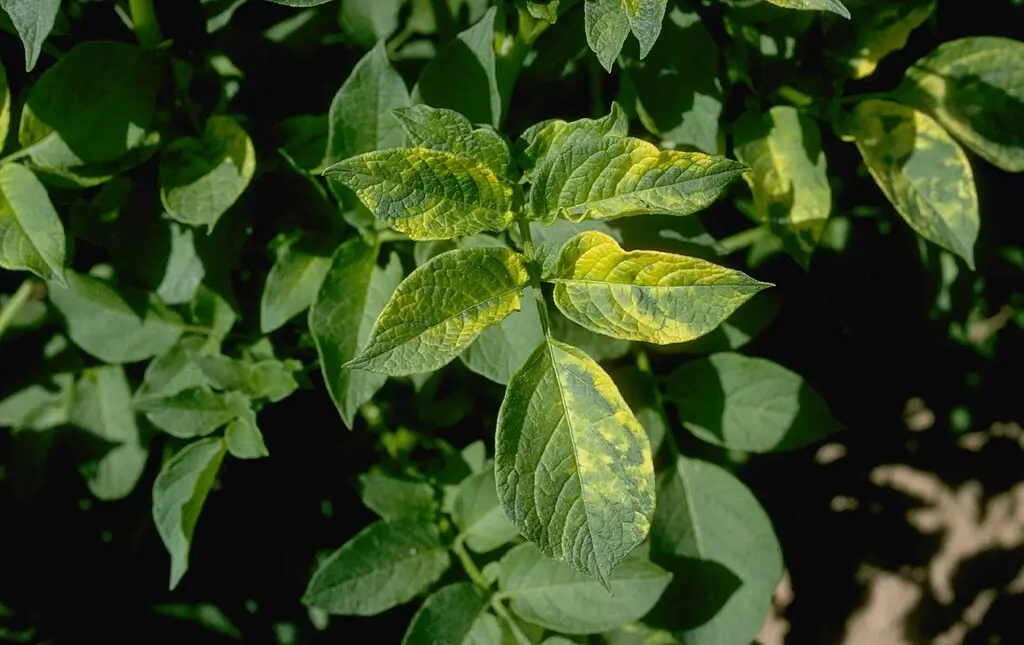
Description:
Mosaic viruses are a group of plant viruses causing mottled patterns on leaves.
How to identify:
Look for mottled or streaked patterns on leaves, often accompanied by leaf distortion or stunted growth.
What is the damage/affect:
They affect both indoor and outdoor plants, reducing yield and plant vigor.
How to get rid of:
There is no cure. Remove and destroy infected plants to prevent spread.
How to prevent:
Use virus-resistant varieties, control insect vectors, and practice good sanitation.
Rust Plant Disease
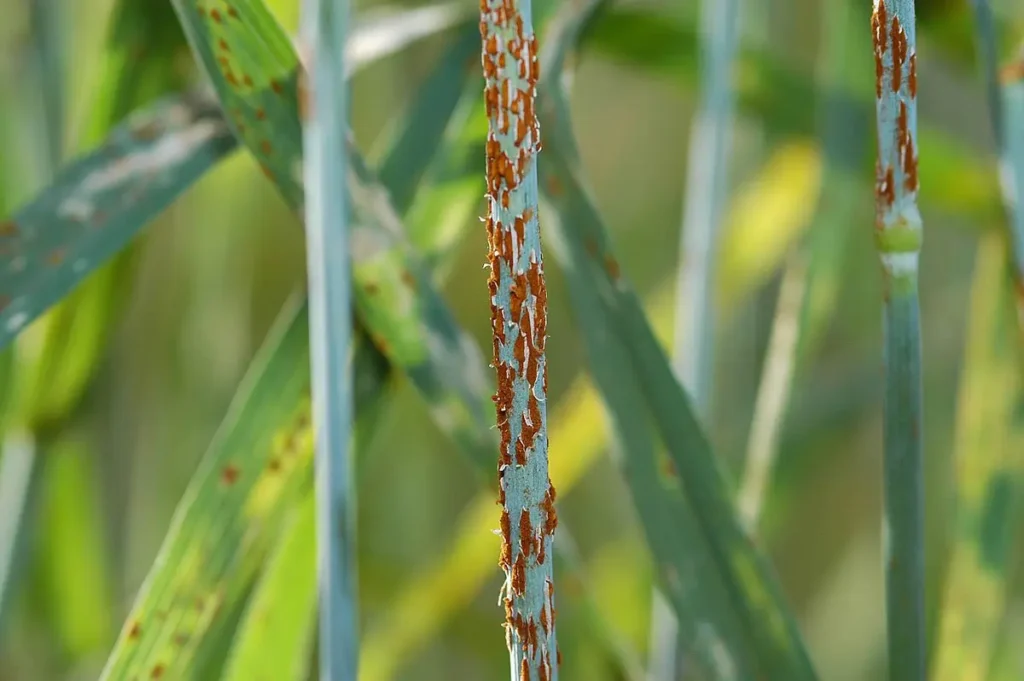
Description:
Rust is a fungal disease caused by several species of fungi, characterized by rust-colored spots on plant tissues.
How to identify:
Look for raised, rust-colored pustules on leaves, stems, or fruits. These bumps may release powdery spores when touched.
What is the damage/affect:
Rust affects indoor and outdoor plants. It can cause leaf discoloration, defoliation, reduced plant vigor, and in severe cases, plant death.
How to get rid of:
Remove and destroy infected plant parts. Apply fungicides containing sulfur or copper for severe infections.
How to prevent:
Improve air circulation, avoid overhead watering, and clean up plant debris. Use rust-resistant plant varieties when available.
White Mold
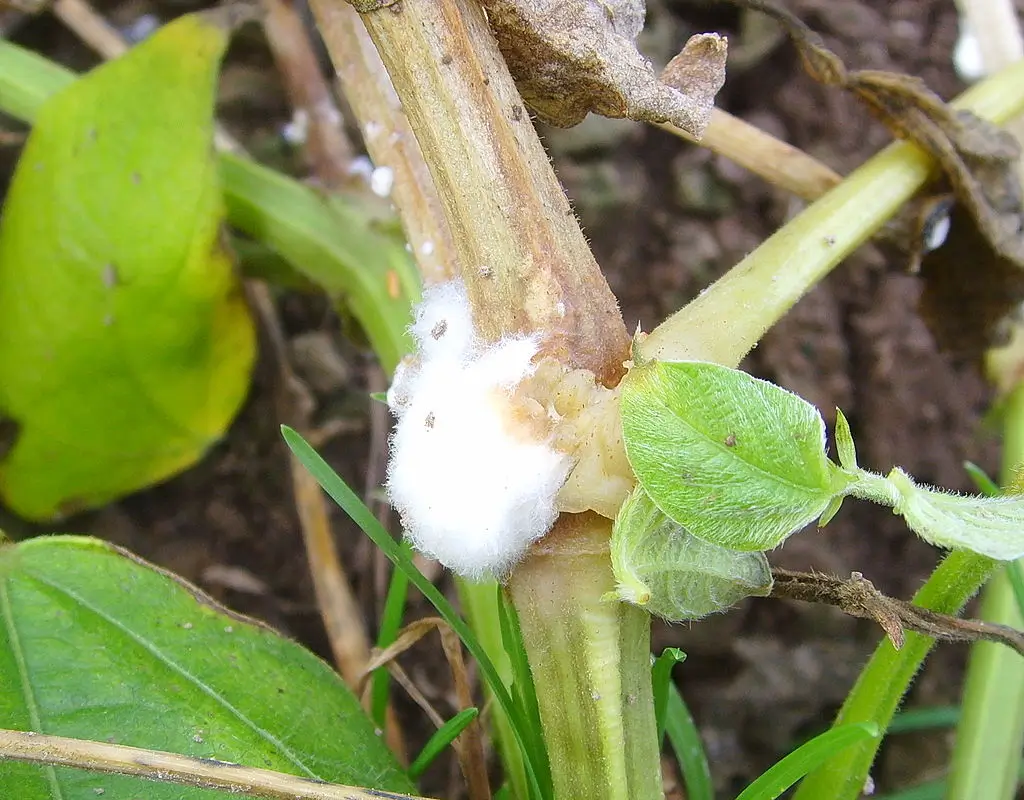
Description:
White mold, caused by Sclerotinia fungi, is a fungal disease affecting various plants.
How to identify:
Look for fluffy white growth on stems, leaves, or fruits, often accompanied by water-soaked lesions.
What is the damage/affect:
It affects both indoor and outdoor plants, causing wilting, stem rot, and plant death.
How to get rid of:
Remove and destroy infected plant parts. Apply fungicides in severe cases.
How to prevent:
Improve air circulation, avoid overhead watering, and practice crop rotation.
Conclusion
With the information from this guide, you are now better prepared to combat common plant diseases in your yard.
Remember that prevention is key: basic garden cleanliness, adequate watering methods, and selecting resistant plant kinds can help keep diseases at bay.
However, if problems do develop, early detection and treatment are critical. By remaining diligent and following the tactics indicated in this guide, you can keep your garden healthy, bright, and productive all year. Happy gardening, and may your plants thrive with your knowledgeable care!
Frequently Asked Questions
What are the most common diseases affecting tomatoes, peppers, and other garden vegetables?
What are the signs of root rot in trees and shrubs, and how can I prevent it?
What are the best practices for sanitizing gardening tools to prevent the spread of diseases?
How can I create a healthy garden environment that is less susceptible to diseases?
Are there natural or organic remedies for common plant diseases, or should I always use chemical treatments?
How can I tell the difference between nutrient deficiencies and plant diseases?
How do weather conditions (temperature, humidity, rainfall) affect the prevalence of plant diseases?
What role do pests play in spreading plant diseases?
How can I improve soil health to enhance plant resistance to diseases?
You Might Also Like ✾

The Cultural World Of Cacti: Art, History, And Uses
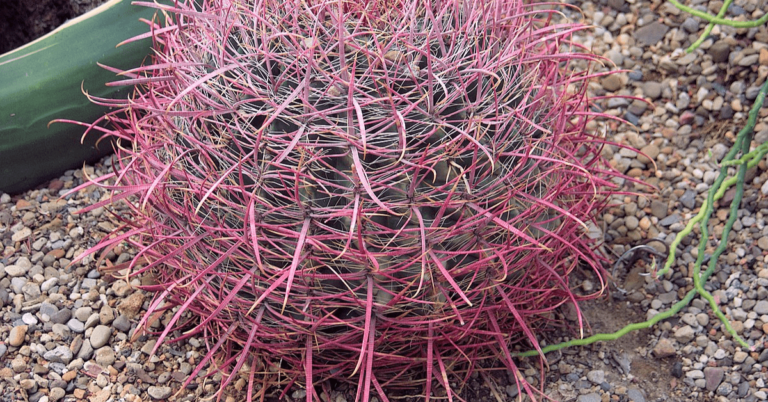
How to Grow and Care for Red Barrel Cactus
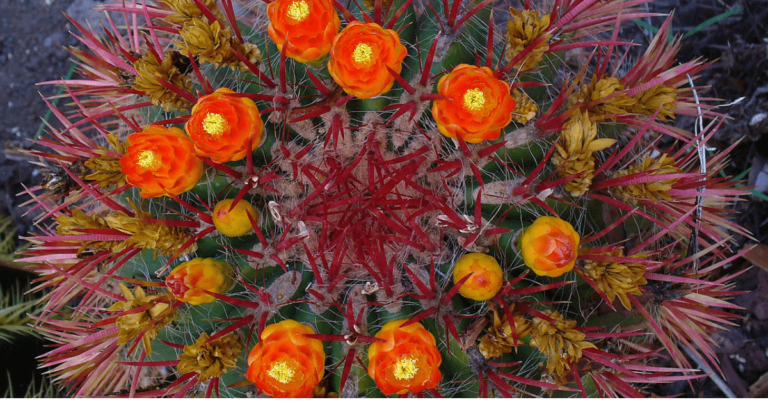
How to Grow & Care for Fire Barrel Cactus
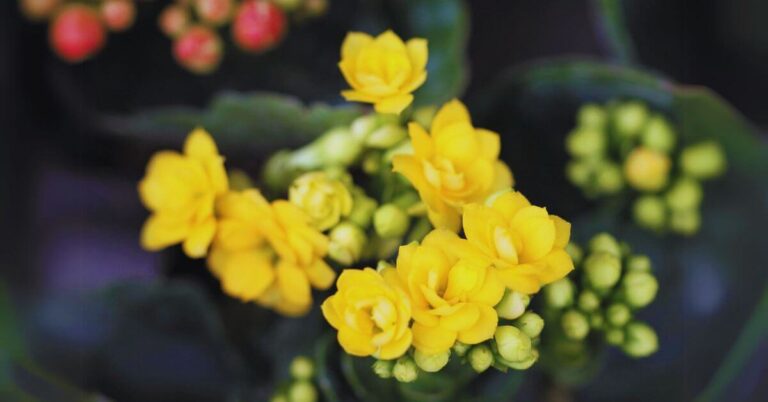
The Kalanchoe Succulent with Yellow Flowers
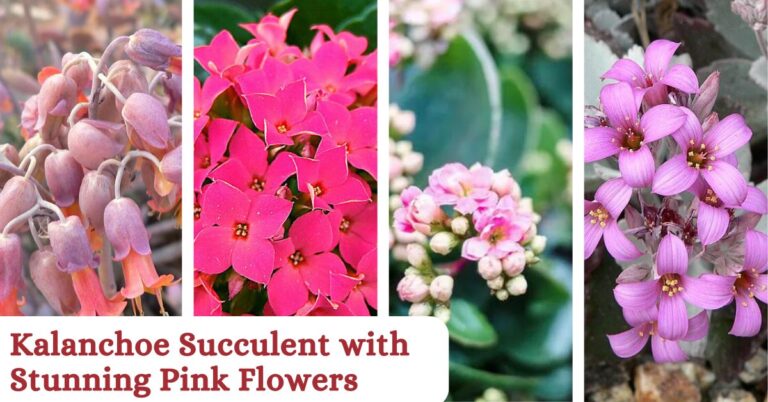
The Kalanchoe Succulent with Stunning Pink Flowers

How to Propagate Zebra Succulent from Leaves

I saw gray mold fungus in my flower garden and was researching this article. Thank you for sharing.